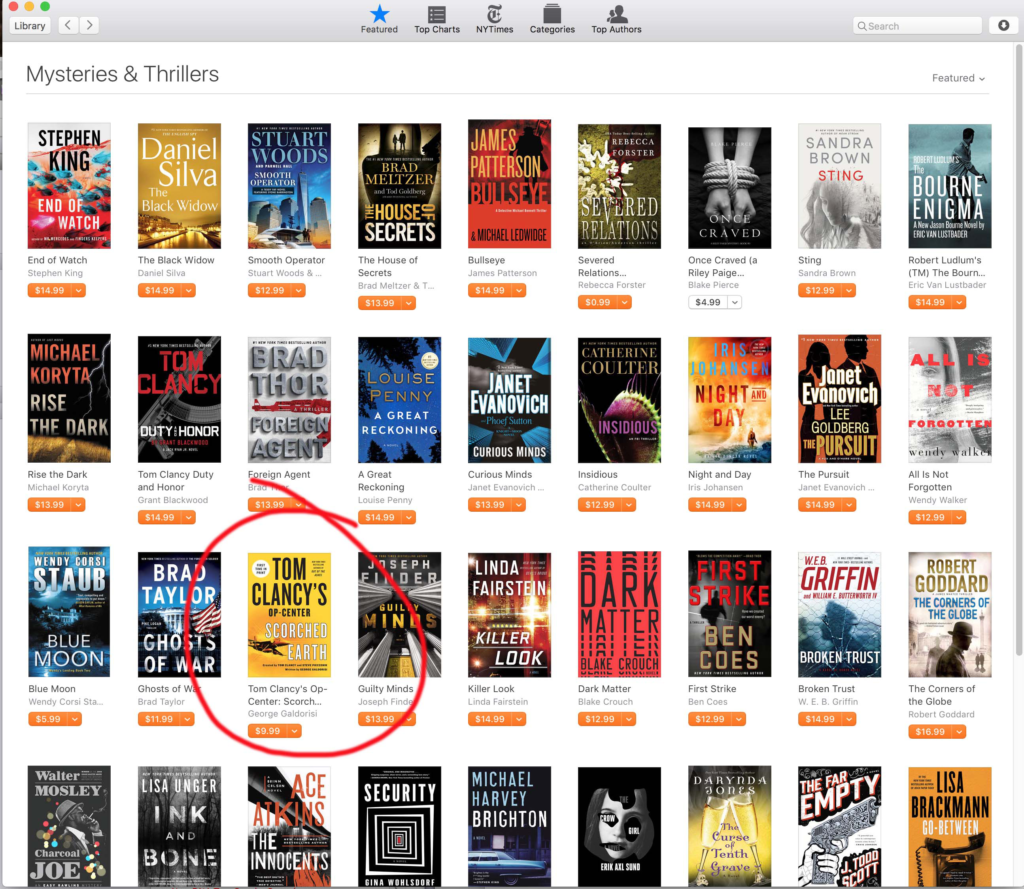Four Scenarios – Stalled Engines

One of the favorite subjects during this year’s political debates has the future. You’ve likely heard any number of pundits holding forth on what the future will hold. There are some that hit and some that miss. There’s a cottage industry of “punditry” on the subject.
We all want to know what the future holds, both for our personal lives, as well as the broader issue of what the world will be like years hence. For most of us in the latter business, we go to the National Intelligence Council – the NIC. It harnesses the collective wisdom of the Nation’s sixteen intelligence agencies to deep dive into what our future world will look like – and especially, the impact this future world will have on those of us living in the United States.
This collective wisdom is captured in their report, Global Trends 2030. In a sentence, there is no more comprehensive analysis of future trends available anywhere, at any price. It’s not an overstatement to say this 160-page document represents the definitive look at the future.
The beauty – and utility – of this report is that it doesn’t a point solution and state, unequivocally, “the world will look like this.” Instead it offers us four potential scenarios. Over the next several weeks I’ll share them with you. Today, let’s talk about Stalled Engines.
Stalled Engines is the most plausible worst-case scenario presented in the GT2030 study and, in a sentence, is one in which “all boats sink.” However, this all-too-brief description doesn’t tell us enough about the details of this alternative worlds scenario, and we need to peel the onion a bit more to understand its potential implications more fully.
Global Trends 2030: Alternative Worlds leads with the Stalled Engines alternative world – a scenario in which the United States and Europe turn inward and globalization stalls – as one of its “bookends,” illustrating the most plausible worst-case scenario. Arguably, darker scenarios are imaginable, including a complete breakdown and reversal of globalization due to a potential large-scale conflict on the order of World War I or World War II, but such an outcome does not seem probable.
Stalled Engines is nevertheless a bleak future. The National Intelligence Council’s modeling and analysis suggests that under this scenario total global income would be $27 trillion less than under Fusion, the NIC’s most optimistic scenario. This amount is more than the combined economies of the United States and Eurozone today. In a Stalled Engines world, the United States and Europe are no longer capable, nor interested, in sustaining global leadership. In this dark scenario, the United States’ political system fails to address its fiscal challenges and consequently economic policy and performance drift.
And there is much more!







